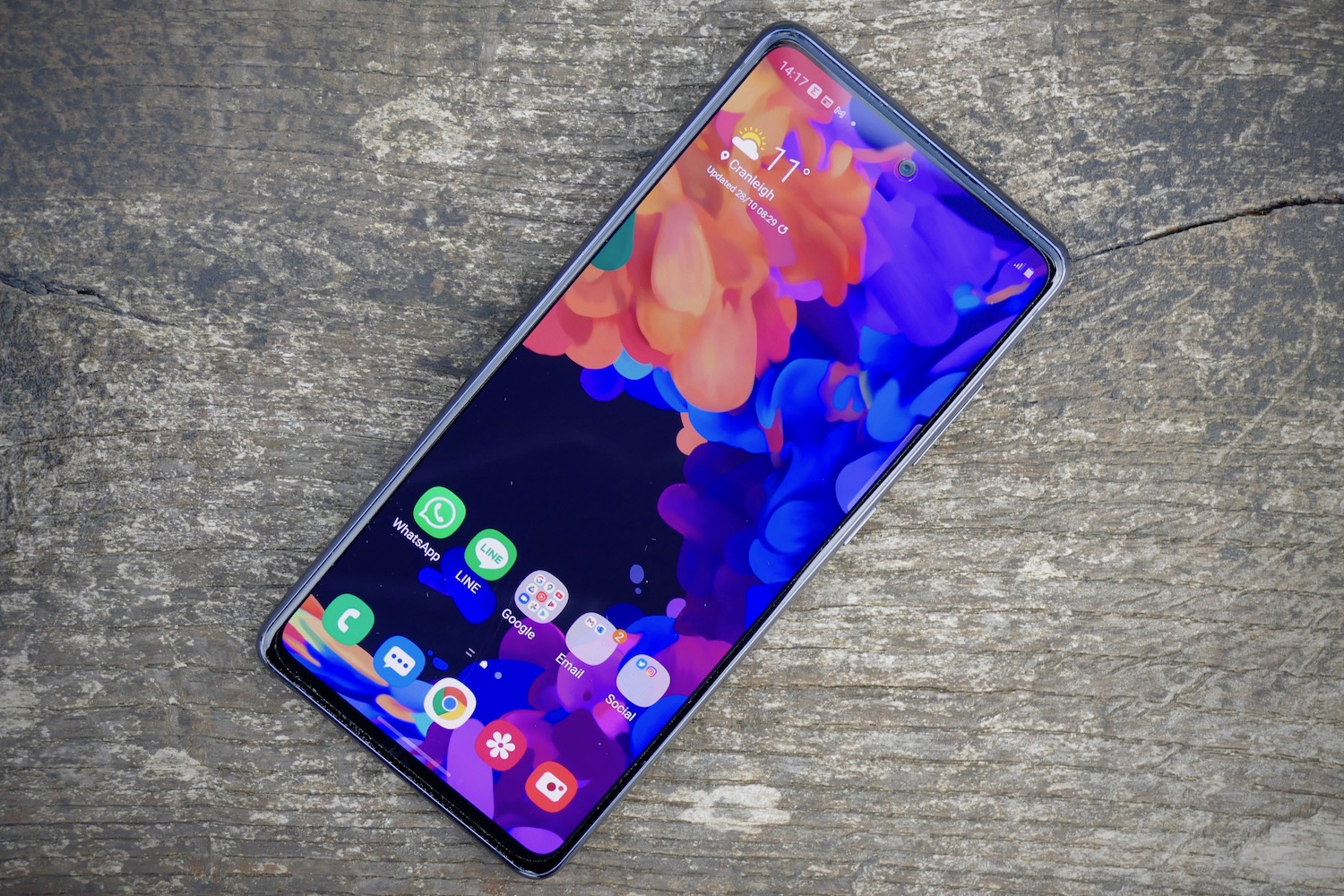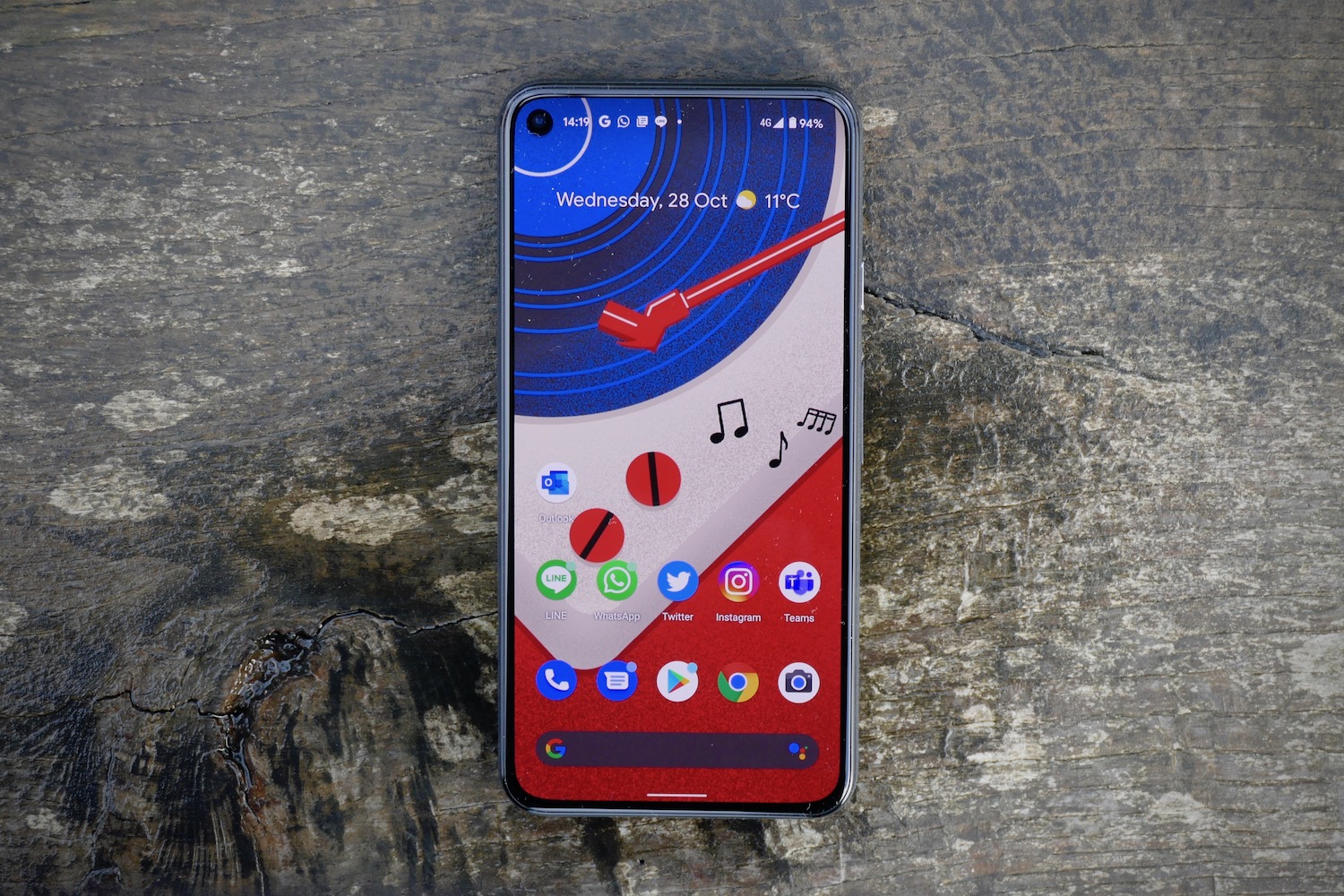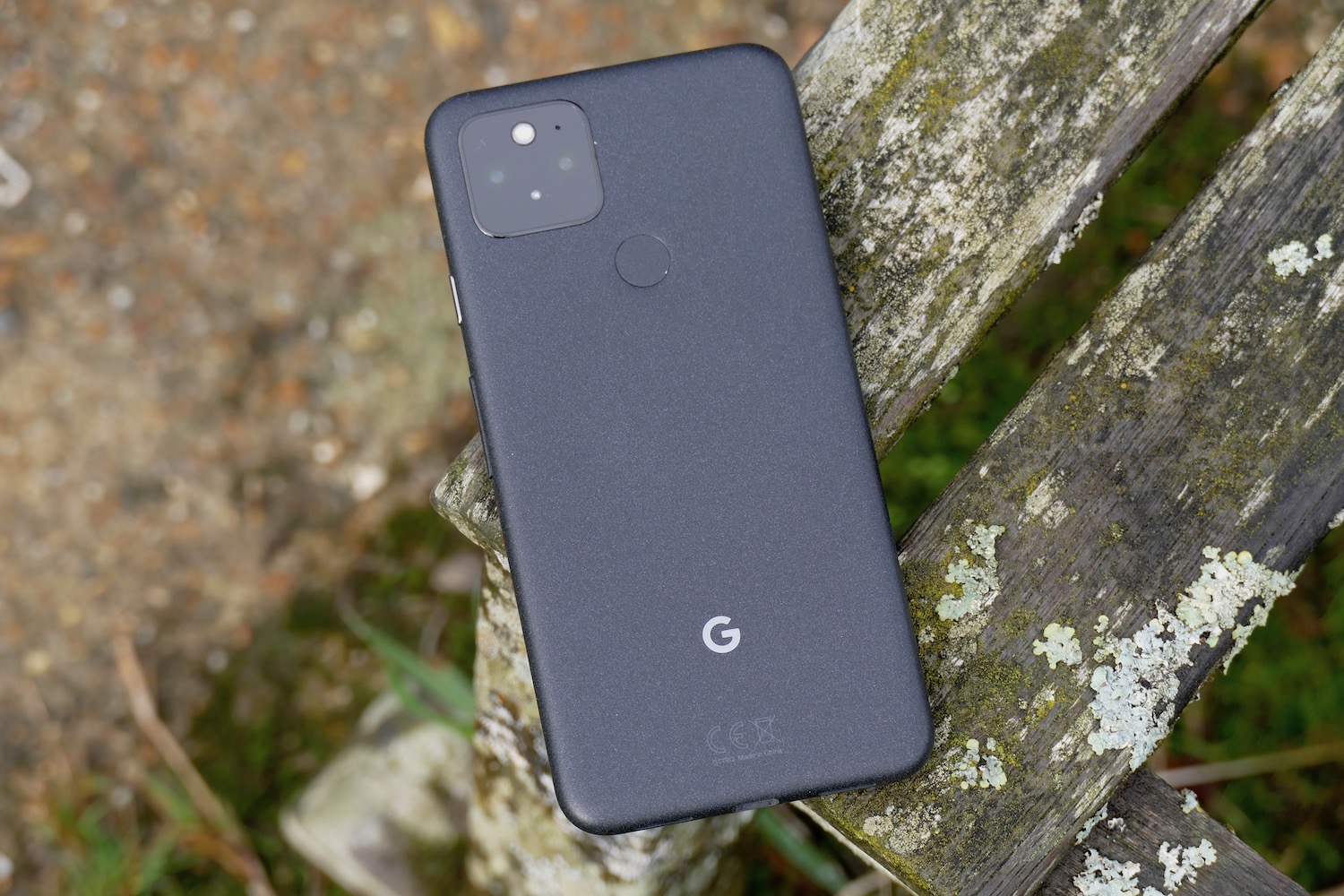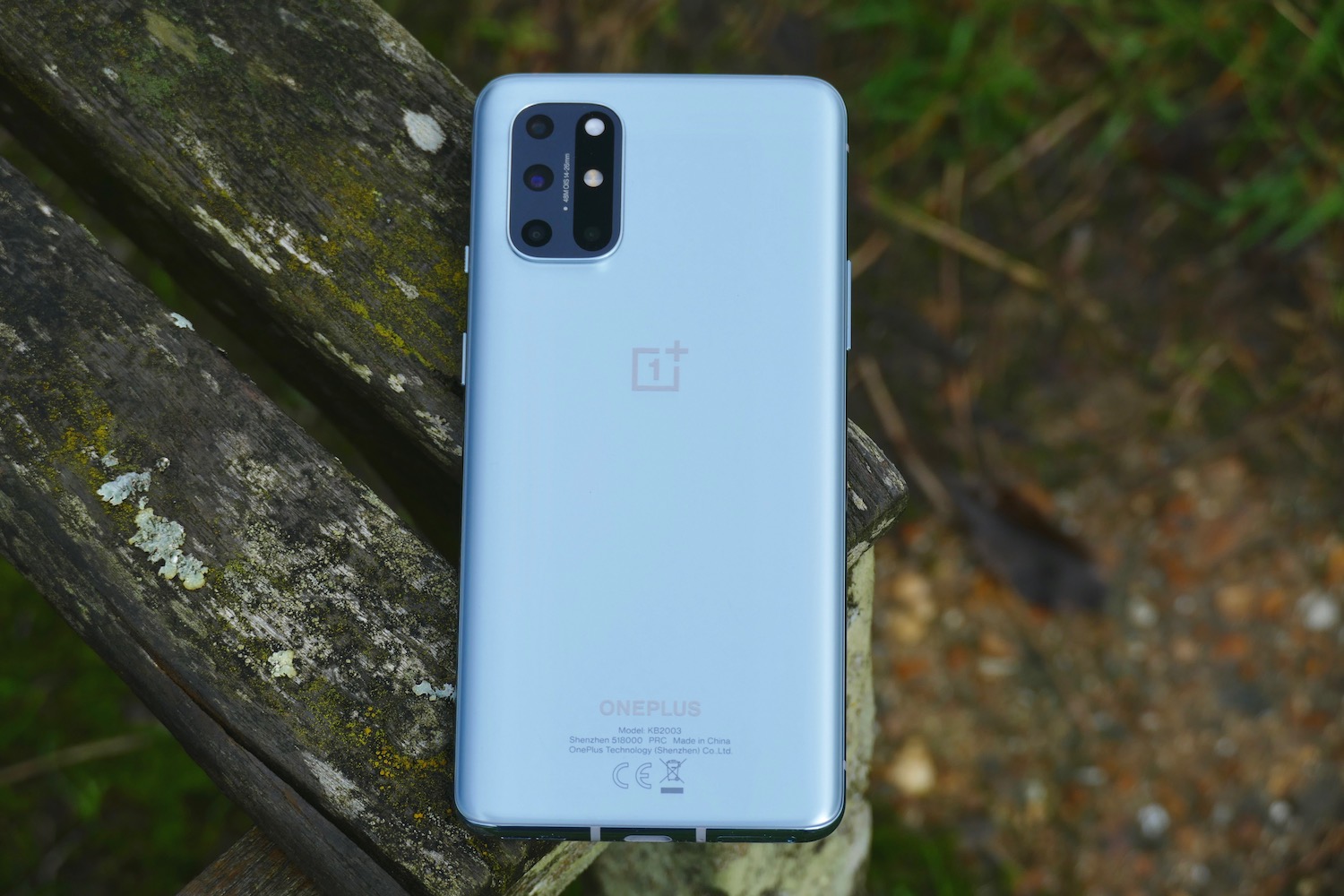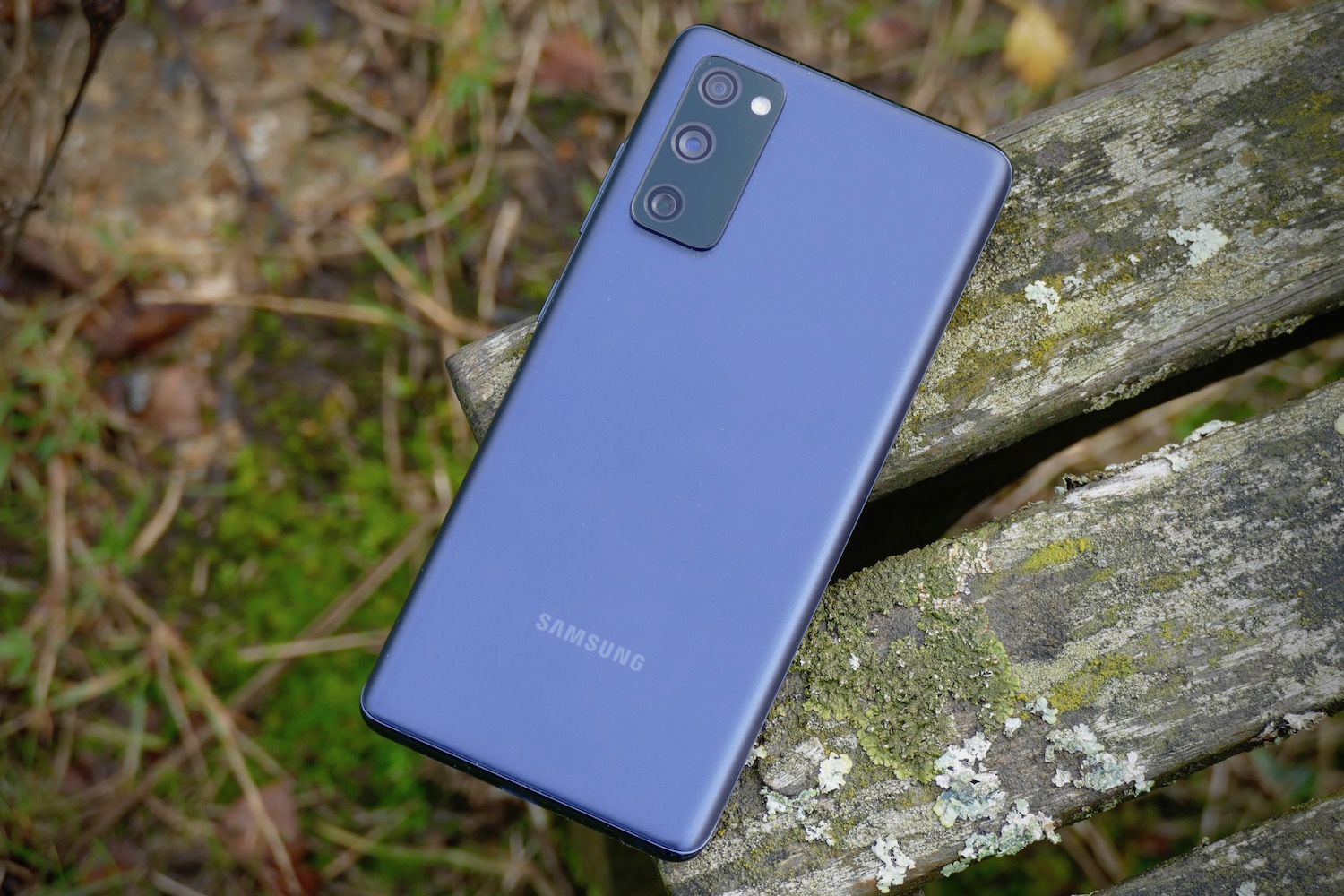Not that long ago, your choice of smartphones to buy for about $700 was modest, and not especially exciting. Throughout 2020, the range at this price has expanded, to the point where it’s hard to make a decision because there are so many tempting options. At the top of any list should be the $699 Google Pixel 5, the $699 Samsung Galaxy S20 FE, and the $749 OnePlus 8T.
You can decide based on specifications alone, of course, and compare this feature and all that, but I’ve been swapping between all three for the last few weeks, and I’m going to tell you which one I’ve settled on at the end of it all. It’s not a decision based on specs — it’s about the nuances of living with each one, the designs, the things that work, and the things that don’t.
Daily use
Let’s talk about the Galaxy S20 FE. It’s the only one here with a plastic rear panel — or to use Samsung’s word, “glasstic,” because it’s supposed to feel like glass. It’s acceptable on its own, but against the OnePlus 8T and the Pixel 5, it’s not good enough. It doesn’t come close to the cool-to-the-touch, deliciously high quality matte finish of the OnePlus 8T, which you’d swear belonged to a phone that costs much more than it does.

The Galaxy S20 FE loses out to the Pixel 5 as well, not just because of the Google phone’s textured metal body, but also due to its size. Yes, the S20 FE’s screen is big, but the Pixel 5 is just so manageable, so perfectly proportioned that you forgive it for lacking the extra half-inch of screen on the FE. The Pixel 5 fits in my pocket, and it’s so light I forget it’s there. I always know that the Galaxy S20 FE is there, and I wrinkle my nose when I feel that cheap “glasstic” back too.
What happens when it’s the OnePlus 8T against the Pixel 5? The OnePlus is the same size as the S20 FE, but the body does feel more comfortable to hold due to its more contoured sides and corners. However, the additional 40 grams of weight and considerably larger frame makes it just as ungainly when compared to the Pixel 5. Google has found the mix just right with the Pixel 5: A quality metal body, a 6-inch 90Hz OLED screen, and a 151-gram weight. In the real world, this makes it the perfect partner, as it’s never a pain to carry, yet still delivers when you want to use it.
Software
The Pixel 5 has this section in the bag, right? Sure, it has a “clean” version of Android 11 straight from Google, and will continue to receive updates over the next three years, but you know all this. What you may not know is just how close OnePlus gets to the Pixel with its OxygenOS 11 software, which is also built on
I’ve got used to Samsung’s OneUI 2.5 and like its bright colors, uniform icon design, and overall reliability. It’s suitably fast, and for the most part very friendly to the newcomer. However, I dislike Samsung’s decision to alter how you turn the phone on and off, with the power button remapped to activating Bixby — the useless assistant is also called into nonaction with a swipe to the left of the home screen. It’s confusing, a pain to alter, change for change’s sake, and an attempt to prompt you to use
Generally, Samsung’s phones require a lot more attention in the early stages to get them running right for me, whether it’s configuring the power button, using Google or another password manager for autofill, or switching to a 5×4 app layout on the home screen rather than the “big print” 4×4 option set as default.
OxygenOS is like the Pixel 5’s software, but gently massaged. There are some cute animations (the icon for Flight mode shows a little aircraft taking off or landing when you activate or deactivate it, for example), and there are also some helpful additions, including a Game Mode and customizable always-on screens, as well as the option to use OnePlus’ own attractive fonts. These aren’t intrusive, and lay dormant unless you want to use them.
OxygenOS gets it right by not interfering with what works from
Cameras
Without going into the technical differences, let’s talk about the three different cameras and what the photos are like. If you take ordinary photos on a regular basis, you’ll be very happy with the cameras on all three phones. There are differences between them — the Galaxy S20 FE takes more saturated photos, for example — but nothing that will turn you off any pictures you take on a day out or around the home.

What’s interesting is for all the well-deserved plaudits, the Pixel 5 doesn’t take drastically better photos in normal environments compared to the other phones here, showing how much the competition has caught up. You can see more examples in the individual reviews of each phone — Pixel 5, OnePlus 8T, and S20 FE — but here are a few samples. The first set of photos are taken with the standard lens, indicating how close they are in terms of attractiveness.
The photo of the giant poppy shows how beautifully the Pixel 5 captures detail in portrait mode, with all the water droplets presented in pin-sharp detail compared to the others. Google’s computational photography expertise makes this possible, but the benefits really only shine through when you take photos outside of holiday snaps or ones of your cat.
All three phones have a night mode and all three do a great job, eroding Google’s lead in this area. While the Pixel 5’s balance and realism is the most accurate, the S20 FE brings out plenty of detail, and the OnePlus 8T minimizes the yellow glow of the lights.
The Pixel 5’s editing software is great, though, so you can easily adjust many aspects of the image and get rid of the slightly overaggressive edges in this particular photo. The apps are all excellent, but none are as feature-packed or as fun as the Galaxy S20 FE’s camera, which includes Samsung’s excellent Single Take mode. If it’s breadth of features and technical ability you’re looking for, it’s hard to beat the Galaxy S20 FE.
I’ll make special mention of the OnePlus 8T’s monochrome camera, but although I like it, it’s not a reason to choose the phone over another. The Pixel 5 takes great photos in almost all situations, making it easy to recommend, but the other two phones are almost equally as capable.
Battery life and minimizing daily use
In entirely nonscientific tests, just living with the phones on a daily basis, each one is capable of lasting for two days without a recharge, provided you turn it off overnight. Life in 2020 means I’ve been using the phones connected to Wi-Fi most of the time, and putting more strain on the batteries with extended video calls, but screen time has been around three-to-five hours on average.
The phone that changed my way of charging was the OnePlus 8T. The new Warp Charge 65 charges from dead to 60% in 15 minutes, which with normal use is enough for 12 hours. How I ended up using the phone meant I didn’t bother charging it overnight, and just topped it up each day. It rarely reached 100%, but almost never dropped below 10%. I just forgot about charging it “normally.”
Wireless charging on the Pixel 5 and Galaxy S20 FE is similarly convenient, as I have charging pads dotted around my home, making it easy to keep the battery topped up. While last year the
The winner (for me)
The brilliance of the Pixel 5, OnePlus 8T, and the Galaxy S20 FE highlights just how tough it is to choose between them. Remember, I’m not directly comparing specs here. There are key differences between them — the IP68 rating on the Pixel 5 and Galaxy S20 FE is very important to note, as the OnePlus 8T is lacking here — and they may sway your decision on which one to buy. However, processor, RAM, and battery capacity differences don’t really affect normal everyday use.
But I realize that doesn’t help with your buying decision. After moving my SIM through all three phones over several weeks, where did it end up after my tests were complete? It went back into the Pixel 5, but I’d be equally as happy if it was inside the OnePlus 8T. Much as I like the Galaxy S20 FE, the plastic rear panel lets it down for me in this company, and the software is out-of-date compared to its peers. A shame, as otherwise it’s excellent. If you want the Samsung quality and reliability with better materials, I’d say look out for a Galaxy S20 Plus to go on sale, as end-of-year offers can bring the price of this early 2020 model way down.
The Pixel 5, Galaxy S20 FE, and OnePlus 8T are leading the pack when it comes to reasonably priced smartphones worth buying today, and all are excellent. If it were my money, it would be spent on the Pixel 5, the OnePlus 8T, and the Galaxy S20 FE in that order, but there really is little to split them — which is great for all of us.
